 About Alchemy-Spetec and the Geotechnical Division
About Alchemy-Spetec and the Geotechnical Division
Alchemy-Spetec is an international leader in the manufacture and supply of chemical grouts for Geotechnical, Seawall Repair, and Leak Seal applications. Geotech is the largest division of Alchemy-Spetec. Our focus: Controlling water movement through permeable soils and improving soil-bearing capacity for construction and remediation projects.
About the Opportunity
Permanent full-time positions are available in the Northeast, Mid-Atlantic, and South-Central United States.
We are expanding the Geotechnical Division. The Northeast/Mid-Atlantic/South Central regions are critical to our successful expansion. We are searching for a leader to facilitate this growth opportunity. You will report to the Geotech Division Manager and take responsibility for locating and converting selected prospective clients, expanding existing clients, and networking with established Regional Managers to grow the Geotech Business in your region.
Responsibilities
- Generating new sales opportunities by finding and developing new customers in key markets.
- Contacting prospective customers who have sent inquiries and converting them into customers.
- Establishing relationships with local governments and engineering firms to develop new opportunities.
- Delivering rapid growth and business revenue in the region through proactive sales activities.
- Working with existing Regional Managers and Technical Support to meet territory goals.
- Building Regional Networks of Referral Partners in support of our customers.
- Working closely with the marketing team to provide content and leverage existing opportunities.
Location & commitments
- Remote-based office with Travel throughout your region.
- Periodic Training and organizational meetings in Tucker, GA, and Reno, Nevada.
- Estimated travel: 50-70%
Candidate requirements
- Proven experience in business development and networking.
- Experience in this industry sector (Environmental, Geology, Civil, Foundations, Engineering).
- Strong business, communication, and budgeting skills.
- Professional, engaging, technical, and determined personality that is also comfortable learning geotech equipment.
- Goal-oriented self-starter who requires little supervision.
- The ability to track and achieve KPIs.
Benefits
- 401(k) matching
- Dental insurance
- Health insurance
- Paid time off
- Professional development assistance
- Vision insurance
Contact us to apply
If you have a passion for business development and the geotechnical and environmental industry, then we would like to meet you. Consider becoming an important teammate of a growing organization that is dedicated to saving and developing property and infrastructure. Send your resume and cover letter to Andy Powell at apowell@alchemy-spetec.com.





 We are excited to welcome Jonathan Waite as V.P. of Operations, overseeing manufacturing and production in both Tucker, GA, and Reno, NV. Jonathan has been a leader in specialty chemical production for over 25 years. He has led sites and manufacturing networks for multinational companies such as Henkel/Loctite and Akzonobel, producing adhesives, coatings, and sealants for the consumer and industrial markets. He is a Georgia Tech alumni with a degree in Chemical Engineering and an MBA from the University of Hartford.
We are excited to welcome Jonathan Waite as V.P. of Operations, overseeing manufacturing and production in both Tucker, GA, and Reno, NV. Jonathan has been a leader in specialty chemical production for over 25 years. He has led sites and manufacturing networks for multinational companies such as Henkel/Loctite and Akzonobel, producing adhesives, coatings, and sealants for the consumer and industrial markets. He is a Georgia Tech alumni with a degree in Chemical Engineering and an MBA from the University of Hartford.
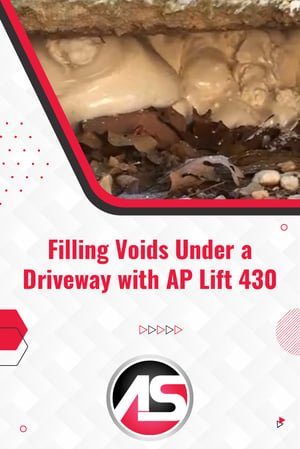



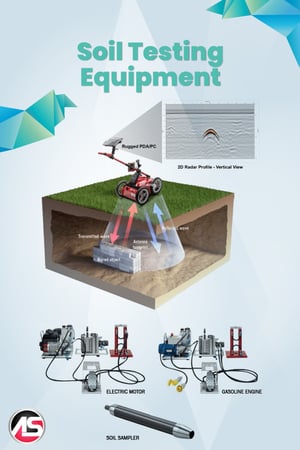 Soil testing equipment is extremely helpful for planning slab lifting and soil stabilization work. Contractors use
Soil testing equipment is extremely helpful for planning slab lifting and soil stabilization work. Contractors use 
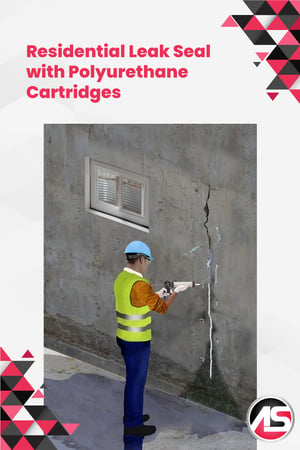 As more property owners convert basements into living spaces, the demand for residential waterproofing increases. Some standard industry practices include using a sump pump to remove leaking water or applying hydraulic cement to the leaking side of the wall (negative side waterproofing). Neither of these is an ideal solution. Hydraulic cement is very rigid once it cures, and it cracks over time due to structural movement caused by freeze/thaw cycles and expansive surrounding soil. A home is often a family’s biggest investment, so most are looking for a cost-effective, durable, long-term repair.
As more property owners convert basements into living spaces, the demand for residential waterproofing increases. Some standard industry practices include using a sump pump to remove leaking water or applying hydraulic cement to the leaking side of the wall (negative side waterproofing). Neither of these is an ideal solution. Hydraulic cement is very rigid once it cures, and it cracks over time due to structural movement caused by freeze/thaw cycles and expansive surrounding soil. A home is often a family’s biggest investment, so most are looking for a cost-effective, durable, long-term repair.

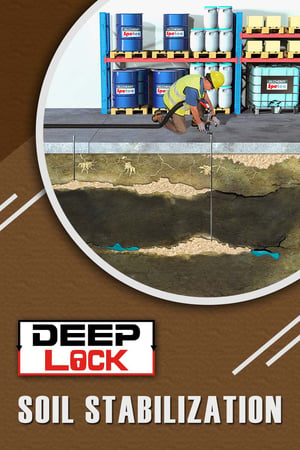 Causes of Unstable Soil
Causes of Unstable Soil
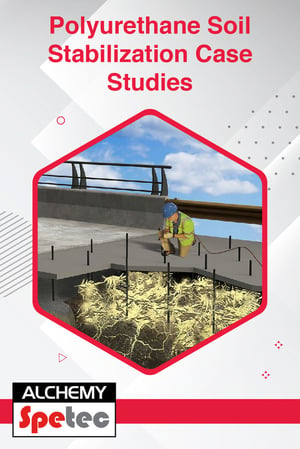 The Polyurethane Soil Stabilization Process
The Polyurethane Soil Stabilization Process

 The Concrete Leveling Process
The Concrete Leveling Process


